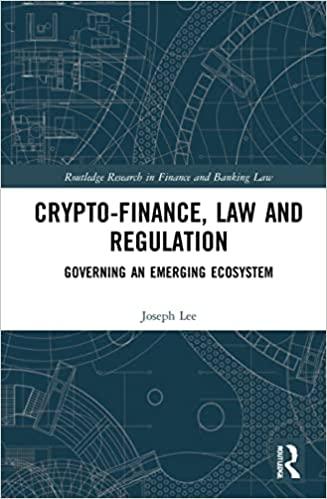Question
4. Find the periodic payments PMT necessary to accumulate the amount given in a sinking fund. HINT [See Example 2.] (Assume end-of-period deposits and compounding
4. Find the periodic payments PMT necessary to accumulate the amount given in a sinking fund. HINT [See Example 2.] (Assume end-of-period deposits and compounding at the same intervals as deposits. Round your answer to the nearest cent.) $90,000 in a fund paying 2% per year, with monthly payments for 5 years PMT = $
A). Find the periodic payments PMT necessary to accumulate the amount given in a sinking fund. HINT [See Example 2.] (Assume end-of-period deposits and compounding at the same intervals as deposits. Round your answer to the nearest cent.) $10,000 in a fund paying 5% per year, with quarterly payments for 20 years PMT = $
B) Find the periodic payments PMT necessary to accumulate the amount given in a sinking fund. HINT [See Example 2.] (Assume end-of-period deposits and compounding at the same intervals as deposits. Round your answer to the nearest cent.) $50,000 in a fund paying 5% per year, with monthly payments for 5 years, if the fund contains $10,000 at the start PMT = $
C) Find the present value PV of the annuity necessary to fund the withdrawal given. HINT [See Example 3.] (Assume end-of-period withdrawals and compounding at the same intervals as withdrawals. Round your answer to the nearest cent.) $1,000 per quarter for 20 years, if the annuity earns 6% per year PV = $
D). Find the present value PV of the annuity necessary to fund the withdrawal given. Hint [See Example 3.] (Assume end-of-period withdrawals and compounding at the same intervals as withdrawals. Round your answer to the nearest cent.) $200 per month for 20 years, if the annuity earns 2% per year and if there is to be $10,000 left in the annuity at the end of the 20 years PV = $
E) Find the periodic withdrawals PMT for the annuity given. HINT [See Example 4.] (Assume end-of-period withdrawals and compounding at the same intervals as withdrawals. Round your answer to the nearest cent.) $450,000 at 5%, paid out monthly for 11 years PMT = $
F) . Find the periodic withdrawals PMT for the annuity given. HINT [See Example 4.] (Assume end-of-period withdrawals and compounding at the same intervals as withdrawals. Round your answer to the nearest cent.) $95,000 at 8%, paid out quarterly for 16 years PMT = $
G). Determine the periodic payments PMT on the loan given. HINT [See Example 6.] (Round your answer to the nearest cent.) $90,000 borrowed at 4% for 9 years, with monthly payments PMT = $
5 . Your pension plan is an annuity with a guaranteed return of 4% per year (compounded quarterly). You can afford to put $1,100 per quarter into the fund, and you will work for 40 years before retiring. After you retire, you will be paid a quarterly pension based on a 25-year payout. How much will you receive each quarter? (Round your answer to the nearest cent.) $
A). You wish to accumulate $100,000 through monthly payments of $900. If you can earn interest at an annual rate of 4% compounded monthly, how long (to the nearest year) will it take to accomplish your goal? yr
B). You have a $1,000 credit card debt, and you plan to pay it off through monthly payments of $25. If you are being charged 15% interest per year, how long (to the nearest 0.5 years) will it take you to repay your debt? yr
Step by Step Solution
There are 3 Steps involved in it
Step: 1

Get Instant Access to Expert-Tailored Solutions
See step-by-step solutions with expert insights and AI powered tools for academic success
Step: 2

Step: 3

Ace Your Homework with AI
Get the answers you need in no time with our AI-driven, step-by-step assistance
Get Started


